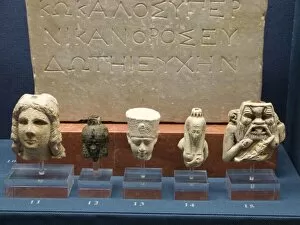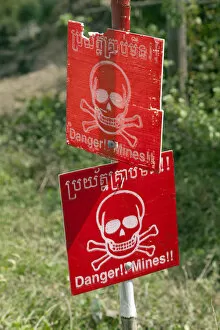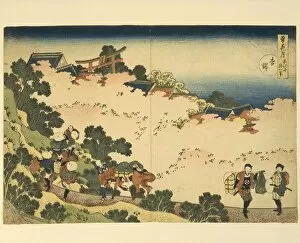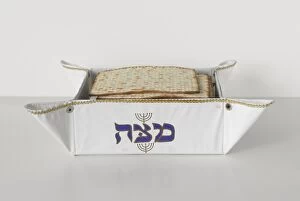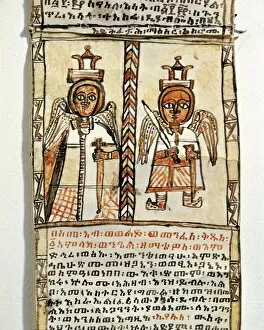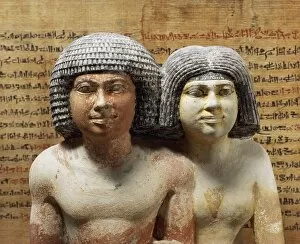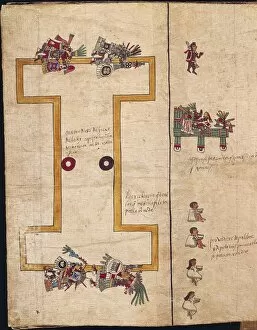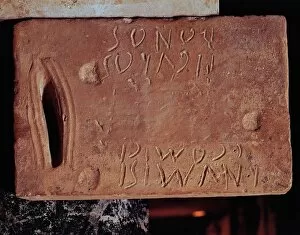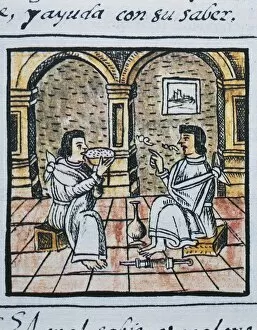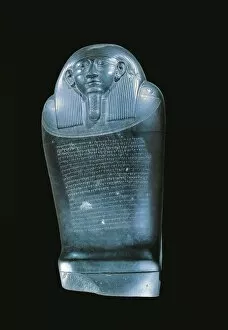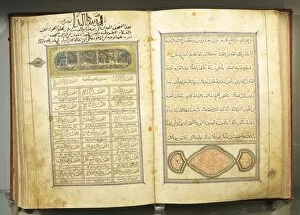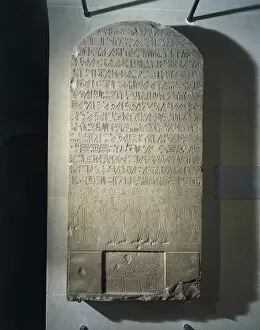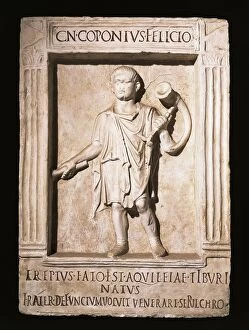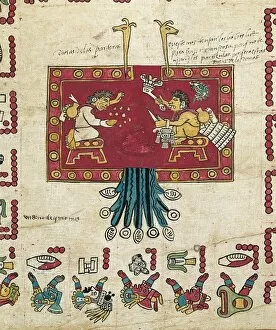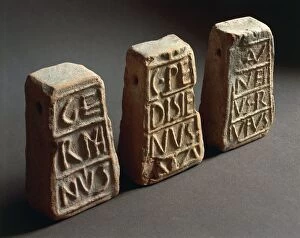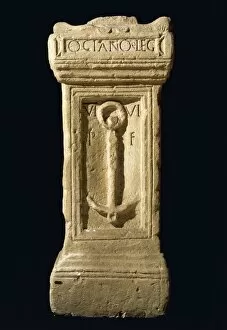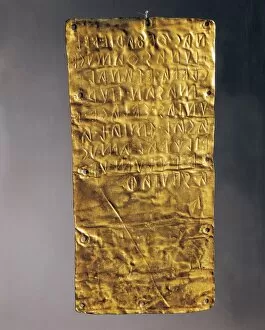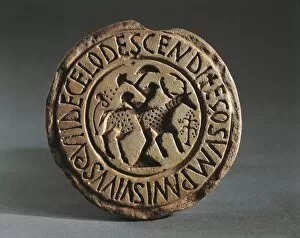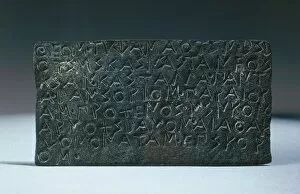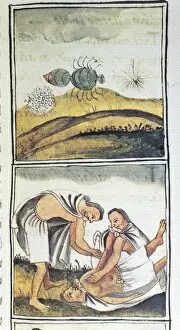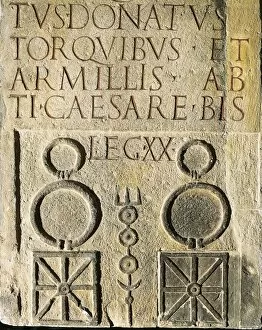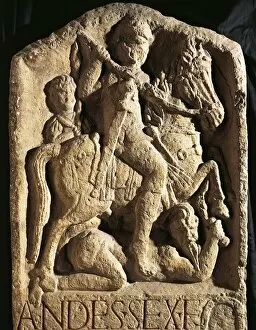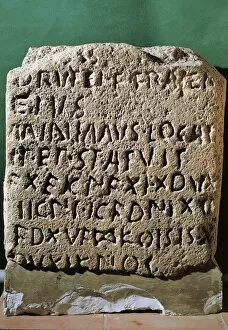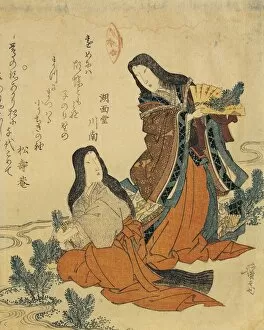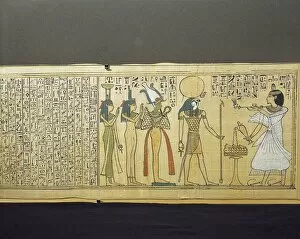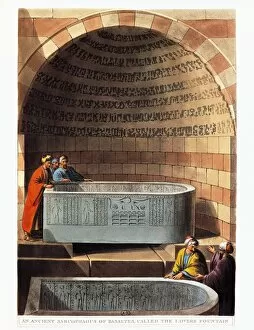Non Western Script Collection (#4)
Explore the captivating world of non-western scripts, where ancient tales and cultural heritage are etched into every stroke
For sale as Licensed Images
Choose your image, Select your licence and Download the media
Explore the captivating world of non-western scripts, where ancient tales and cultural heritage are etched into every stroke. Embark on a journey along the Everest Base Camp Trek, where majestic stupas and Mani stones stand as silent witnesses to centuries-old traditions. Marvel at the 3000 BC cuneiform writing on clay slabs, a front-row view into the birth of written language. In Okinawa's Naha city, Surijo Castle proudly displays its UNESCO World Cultural Heritage status, showcasing Japan's rich history through intricate script. Travel further east to Russia's Karelia region and discover Kizhi Pogost, adorned with holy icon frescoes in the church of Transfiguration on Kizhi Island. Istanbul beckons with its mosaic masterpiece in Haghia Sophia Mosque; behold Virgin Mary cradling Jesus in her arms—a testament to Turkey's diverse cultural tapestry. Venture south to Hsipaw Township in Myanmar and witness Burmese script adorning walls while a senior Buddhist monk imparts wisdom in the background. Delve into Byzantine artistry with a miniature from Oracle of Leo VI Wise depicting Constantinople between two ravens—an enchanting glimpse into an empire long gone. In Ethiopia's Aksum lies Church of St Mary of Zion, adorned with vibrant frescoes that have stood for centuries as testaments to faith. Unearth fragments of history within the Papyrus of the King or Royal Canon—a window into ancient Egyptian civilization and their mastery over hieroglyphics. Traverse China's Sichuan province to Dujiangyan irrigation system; here, people pray amidst Two Kings Temple while characters dance across temple walls. Transport yourself back to Macedonia under King Perseus' reign through his minted tetradrachm—coins that tell stories beyond their monetary value. Finally, immerse yourself in Japanese poetry as vases decorated with Adonis come alive alongside poems by Ichotei Mitsunori and Fudegaki.

